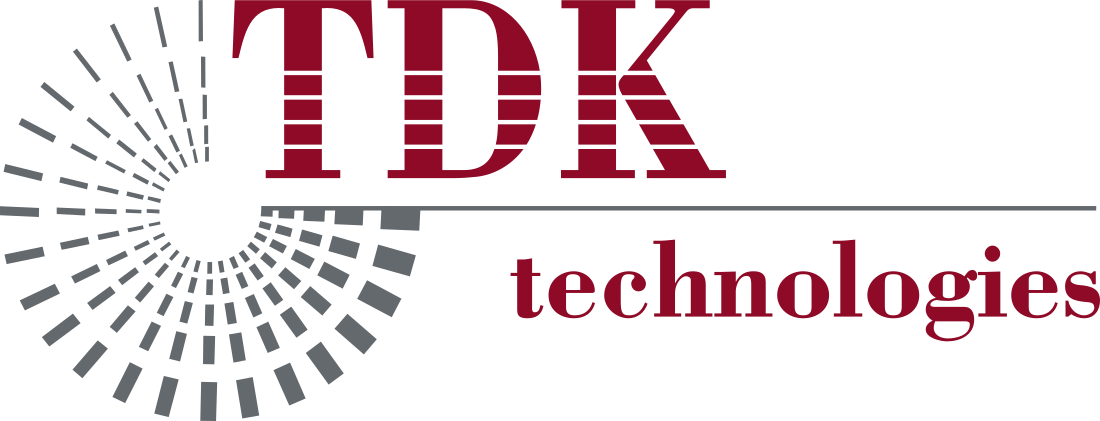Visual Tools and Techniques to Enhance Requirements Understanding
Traditionally, outlining requirements for software development projects involved words. Lots and lots of words. Variations over time included specification documents, use cases, and user stories to convey the essence of the problems customers wanted the software project to solve. These methods all have benefits, but they also come with limitations, because language is inherently ambiguous.
Visual techniques and activities can help bring greater clarity for all involved in projects. These techniques can be utilized to communicate a lot of information more easily than using written words alone.
Analog Visualization Tools and Techniques
Analog visualization techniques can be simple, inexpensive, and basic ways to awaken the right-brain and stimulate creative thinking.
Whiteboarding
The group technique of physically writing shared ideas on a white surface tends to reinforce the five different ways people learn (visually, aurally, kinesthetically or by activities, by writing, and logically). One of the advantages of group whiteboard exercises is that any combination of words, pictures, sketching, and verbal emphasis can help develop areas of exploration more fully. The final product of the whiteboard exercise can be photographed and shared when the session is completed.
Sticky Notes
The multi-colored pieces of paper that can be easily moved from one surface to another thanks to reusable adhesive are remarkably effective in all stages of the brainstorming process. It can be helpful for the team to visually see all available ideas, whether there is consensus or commonality, connections, or outliers by using sticky notes on a wall – rather than lists on paper. Sticky notes can be easily moved around to further refine ideas as they emerge.
Story Mapping
This technique emerged from Agile software development, where user activities in priority order are arranged along a horizontal axis and the implementation activities are listed in descending order vertically. This method is helpful for high-level planning, showing all members of the team the flow of activities required to complete projects, and making decisions between must-have requirements and nice-to-have options.
Kanban Board
Sticky notes and a white board are also typically used in this visual technique that communicates status, progress and issues relating to projects. Kanban is the Japanese word for “visual signal”. Users can see at a glance where the project is going and where issues may be lurking.
Analog techniques work well for creating ideas and laying out the big picture of projects in a visceral manner, provided all the necessary team members participate. But they have drawbacks.
- Analog techniques take up physical space and require team members to be physically present to fully benefit from them.
- The results of the analog activity also must be documented in some fashion for future use.
“All of these techniques can be utilized to communicate a lot of information more easily than could be accomplished using written words alone.”
Digital Visualization Tools & Techniques
There are technologies available that can be useful when team members are not in the same location but could still benefit from visual techniques to communicate project requirements.
- Classic project software programs have developed plugins that create digital boards to display information more visually than their traditional list-based systems.
- A program called Stories On Board integrates with various project management software systems to allow digital story mapping.
- Digital techniques are improving to include interactivity that more closely resembles the physical activity of moving sticky notes around a white board.
Hybrid Approach
Analog methods are utilized to start the visualization process, with the result being placed into a digital tool for ongoing refinement and execution.
User Experience Tools
Providing execution-level visual tools once the project has been defined can provide end-users with improved understanding and invite feedback more readily.
- Flow diagrams provide more detailed visualization about how the proposed system and workflow are moving. Wolfe believes simple flow diagrams are almost essential at the feature level, to help users understand what the system will do, and the way it will do it.
- Site maps are helpful in web site design or web-based application projects to show how all the elements fit together. They also tend to provide a complete picture for the site, without focusing too heavily on specific features.
- Low-fidelity wireframes begin to bring projects to life by showing what they may look like in a simple and functional manner. They provide good visual support for the function of the emerging project or application without getting bogged down by details about what the final form will look like.
- Design comps are more detailed visual representations of the final project. In this case, comp means that the visualization is more comprehensive in nature.
- High fidelity designs are useful for the designers, but also for software developers. These more completely define the look and feel the user will experience.
- Interactive prototypes permit users to experience how the project functions, including page-to-page and menu navigation. This method allows real users to get their hands-on real software to get actionable feedback about what they like and what needs refinement.
To Recap
Bringing a visual element to the software development process brings more clarity to projects, compared to using words alone. Visual communication and interaction help bring about understanding that reading alone cannot deliver. Visual techniques are certainly useful to analysts and UX experts. But virtually anyone in the software development process can benefit from using visual techniques to communicate more clearly and deliver projects that really solve customer problems.
